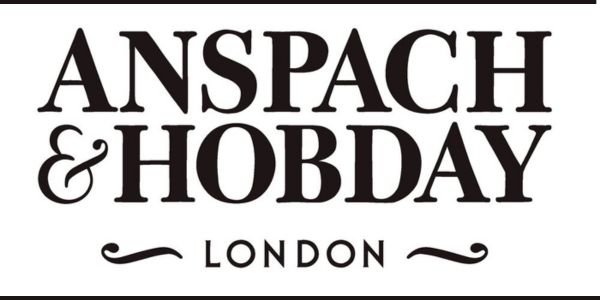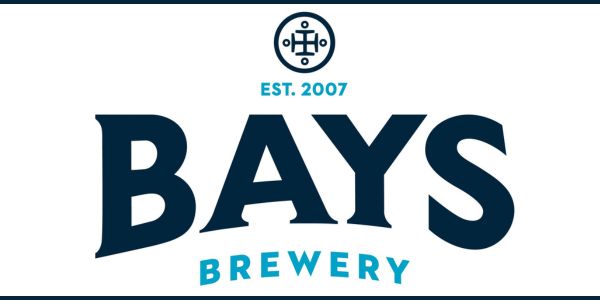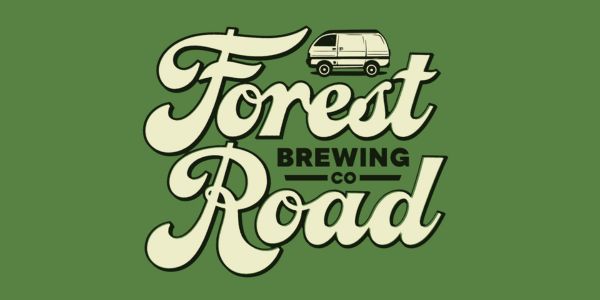Lotte Peplow, the Brewers Association’s American craft beer ambassador for Europe, looks at barrel-ageing in the American craft brewing world.
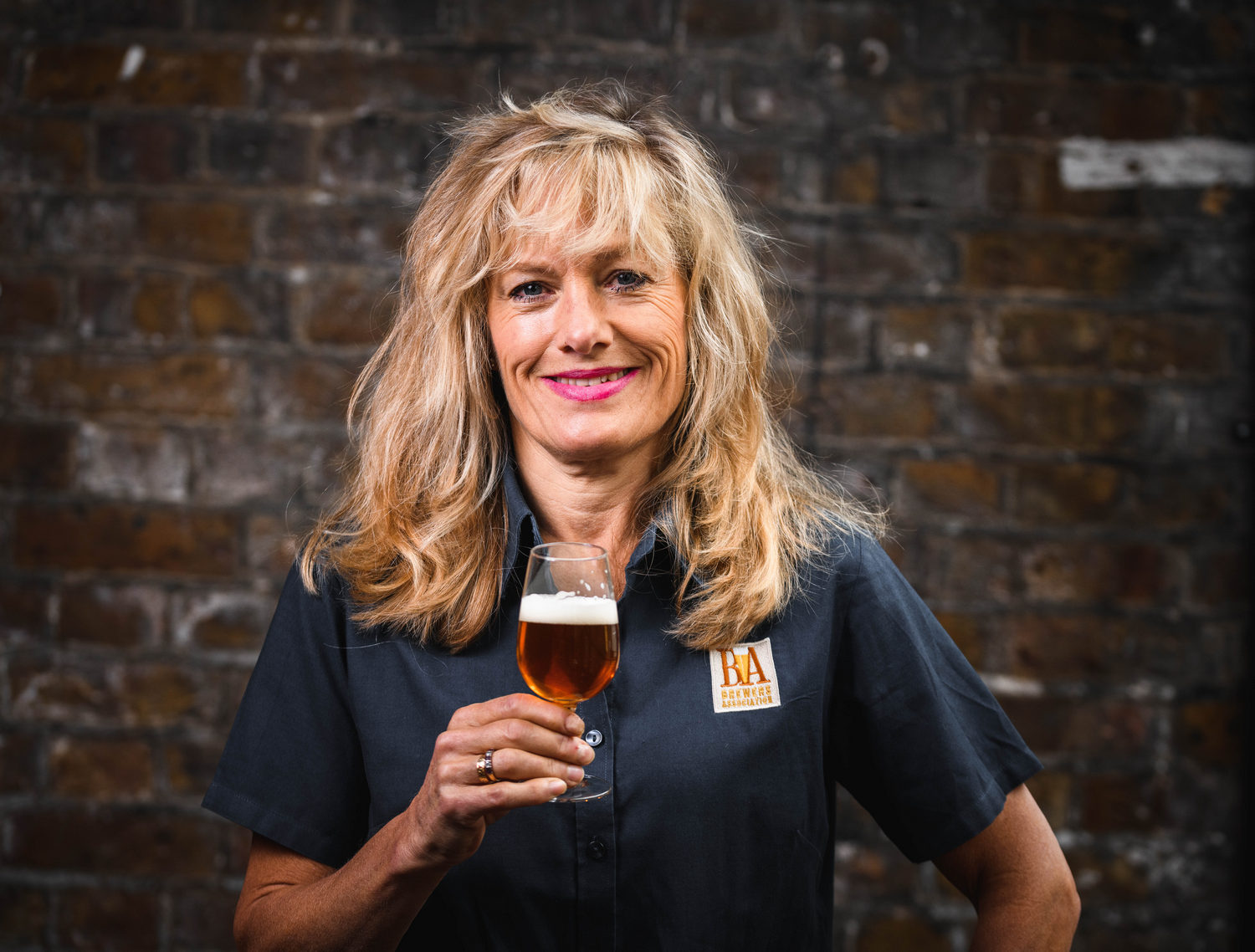
Lotte Peplow. Photograph: Nic Crilly-Hargrave
The practice of fermenting beer in wooden vessels has been around for hundreds of years, but it wasn’t until the 1990s that American craft brewers started experimenting with ageing beer in used spirits barrels.
Today, barrel-aged beer styles produced by American small and independent craft brewers are renowned the world over and regularly win top honours at prestigious international beer competitions. Worth seeking out for their incredible complexity, depth of flavour and subtle nuances of character, barrel-aged beers are a shining example of the skill and innovation of America’s craft brewers.
A variety of beer styles are suitable for barrel-ageing in wood, but sour beers and beers with high alcoholic strength are the most common. Barrels for sour or ‘wild’ beer may be used several times over, while barrels that formerly held spirits such as bourbon, tequila, or gin are rarely used beyond their first or second fill because the spirit character is diminished after the first maturation cycle.
Nick Ison, barrel room and innovation brewing lead at Sierra Nevada Brewing Co, in Chico, California, says: “Producing sour beers is a very dynamic process, where the beer entering the barrel is very much alive. It is not necessarily ageing in the barrel. It is being created there by a complex ecosystem of microbes that are only partially under the brewer’s control.
“A barley wine, like Bigfoot, is a finished beer that is ready to be enjoyed fresh. Taking that ‘finished’ beer and giving it a slow maturation in a bourbon barrel brings out flavours from the beer, and adds complimentary flavours from the barrel, without changing the fundamental nature of the beer.”

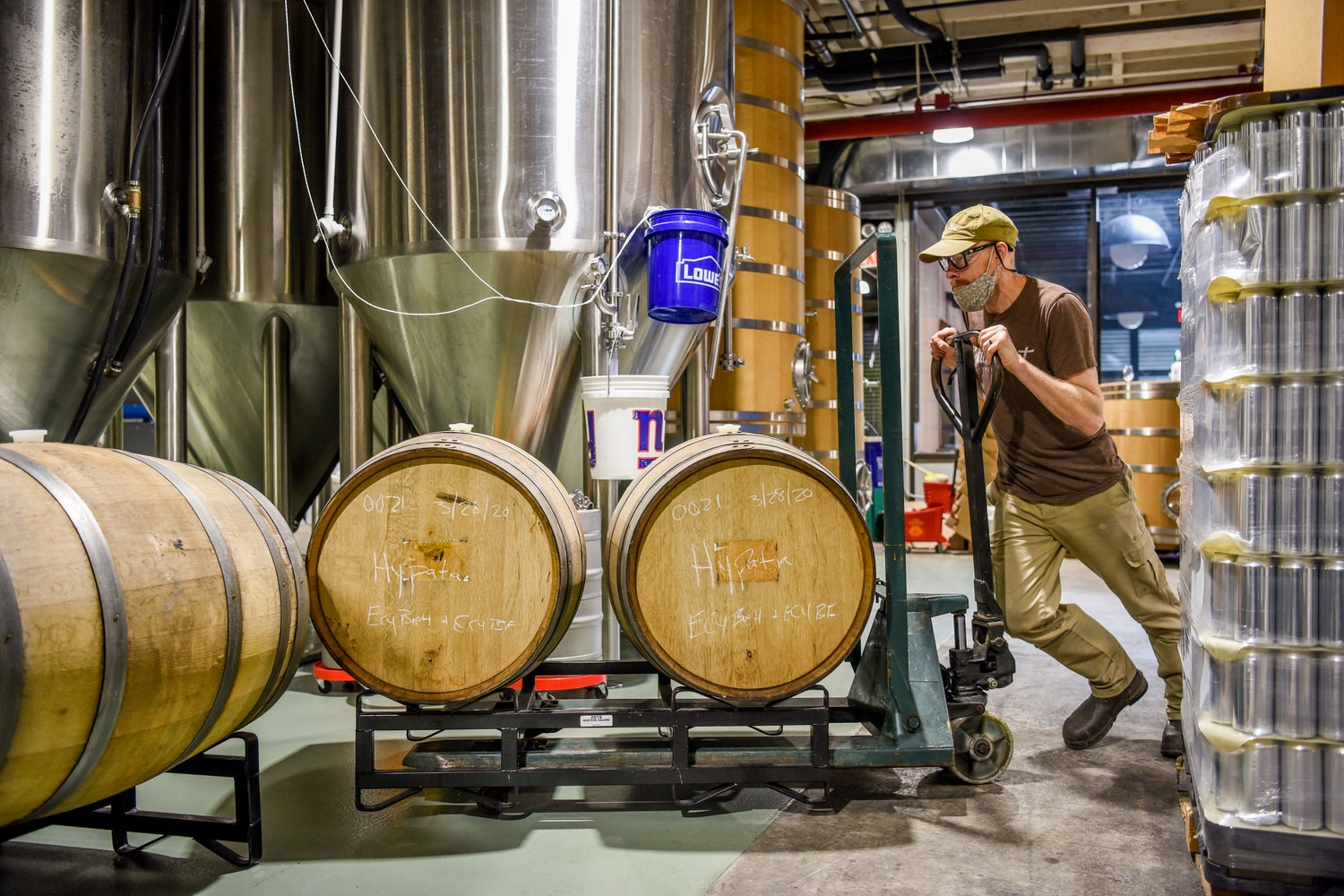

Photographs: Brewers Association
Ben Kehs, innovation brewing manager at Deschutes Brewery, in Bend, Oregon, says that Deschutes targets a more neutral barrel for sour beer projects due to the oak/liquid impact, while imperial stouts and barley wines usually require former spirit barrels to provide big, bold flavours that will stand up to the strong expression of the base style.
Many American craft brewers consider barrels to be the fifth ingredient of beer and not simply a storage vessel. They source barrels with as much care and attention as selecting their annual hop varieties. Each barrel is unique, which means experimentation and flexibility is an essential part of the barrel-ageing process.
Most distilleries or vintners will sell used barrels, but brewers will go to great lengths to secure the barrels they have in mind for a particular project. Nick Ison claims that good relations with distilleries and barrel brokers is essential, but if a special barrel becomes available, Sierra Nevada has been known to come up with a beer tailored specifically to that
barrel.
Eric Ponce, barrel programme manager at Firestone Walker Brewing Co, in Paso Robles, California, has been sourcing different types of spirit barrel from around the world for many years. “Every barrel needs to meet our requirements, as in the distillery we chose, how long the spirit was matured in barrel, barrels should not be rinsed after emptying etc,” he says.
Oak is full of flavoursome, aromatic compounds that can add another level of depth and complexity to a beer, making it the preferred barrel-ageing wood for many brewers. Ben Kehs explains: “Oak is plentiful, consistent, and provides a desirable flavour outcome that makes for great barrel-aged beer. We use both European and American oak barrels, depending on the beer, and occasionally experiment with exotic woods like amburana.”
Equally important to the flavour of the barrel is the art of blending different beers together. A number of base beers may be ageing in different barrels, some of which may be fresh barrels to give a high intensity of oak/spirit flavour. Others may have been used before to give a lower intensity of flavour. It is the skilful blending of these beers by the brewer that creates the end result.

Ben Kehs, innovation brewing manager at Deschutes Brewery. Photograph: Lotte Peplow
Other flavours may be added along the way, such as cocoa, coconut, or coffee beans, to add further levels of complexity. Eric Ponce explains: “Blending starts with the flavour of the barrel. If the barrel is not quality and does not impart the flavours and aromas we are expecting, that particular barrel will be discarded, but that predicament doesn’t happen often.”
Nick Ison adds that blending is a great way to make something unique. “You can take the same beer in different barrel types, or a totally different beer in totally different barrel types, and come up with truly novel and sometimes unexpected blends.” He muses that Sierra Nevada’s most quirky and innovative barrel-aged beer was a Scotch Ale aged in peated Scotch whisky barrels, where the smoked peat came on instantly and overwhelmingly. A true love it or hate it beer!
At Deschutes, Ben Kehs’ innovation vote goes to their 30th Anniversary Black Butte Imperial Porter, a blend of Black Butte Anniversary Imperial Porter aged in barrels that formerly matured bourbon whiskey, rye whiskey, port, sherry, cognac, maple syrup, vanilla extract, and sea salt!
Simply leaving a beer in a barrel and hoping for the best is not going to cut it. Barrel-ageing presents a number of challenges, and maintaining consistency in taste and flavour, year after year, is a skill that takes years of practice. Ben Kehs says that knowing what you are going to get when purchasing barrels is the biggest challenge, as well as understanding your ageing environment and how it will influence the beer that is being aged.
So how much time should a beer spend ageing in a barrel? There is no definitive answer and it depends on when the beer is ready. “It’s all about taste,” says Eric Ponce. “We have a concept of how long, depending on the base beer and type of spirit barrel, plus we measure liquid from each barrel to get analytical and micro specs, but overall it’s about taste.”
The skill of barrel-ageing beer is more of an art than a science . It takes time, patience, and sometimes a little luck to create something truly special. Such American craft beers are well worth seeking out and are available from online retailers such as Athletic Brewing, the Cascade Club, Beers of Europe, Beer Merchants, Beer Gonzo, and House of Trembling Madness, as well as selected bottle shops, off-licences, online subscription services, supermarkets, and
certain pubs and bars.
Craft Brewers Conference
There’s still time to register for the Brewers Association’s Craft Brewers Conference and BrewExpo America, America’s largest gathering of the craft brewing industry, and World Beer Cup, which is taking place in Nashville, Tennessee, from 7th-10th May.
The Craft Brewers Conference delivers concentrated, affordable brewing education and idea sharing to improve brewery quality and performance. More than 11,000 brewing industry professionals will have the opportunity to meet with 500 exhibitors and hear from 200 speakers during over 70 seminars across ten different relevant educational tracks, ranging from brewery operations to sustainability and government affairs.
• The Brewers Association publishes a wealth of resources to understand and enjoy craft beer, downloadable free of charge from www.brewersassociation.org.







